4 Major Pros and Cons of Autonomous Vehicles

There’s no doubt that driverless cars are coming, but in order for them to reach their full potential, cities will have to change in significant ways.
A recent report from engineering and architecture group IBI has outlined a number of ways that autonomous cars can improve and fix some of our current transportation issues, but also how they can make certain situations worse if improperly managed.
Described in the report as Connected and Autonomous Vehicles (CAVs), these cars have the ability to communicate with infrastructure (like traffic lights and buildings), mobile phones (even ones being used by pedestrians), and other vehicles on the road. They also have a suite of sensors that help them see and interpret the world around them, and are able to drive completely autonomously.
Cities and infrastructure will have to change before autonomous cars can become mainstream. Here are four major pros and cons of these changes.
PRO: Traffic Safety Improvements
The study points out that 90 percent of accidents are caused by driver error, and 20 to 30 percent of those accidents are a result of distracted driving. Additionally, over 30,000 people were killed in accidents last year.
ALSO SEE: How Will Cities Change With Autonomous Cars?
In IBI’s report, it’s noted that driverless cars will help reduce the severity of 90 percent of all traffic accidents. Many think that when fully autonomous cars (SAE Level 5 autonomy, with no steering wheels or controls) arrive sometime in 2020, it will drastically reduce traffic-related collisions and fatalities.
CON: Things Can Get Worse
While the report believes self-driving cars will have real safety benefits, it also suggests that “the transition period when both CAVs and non-CAVs are on the road could make matters worse before it makes them better.” Confusion about the capabilities of these vehicles along with the newness of the technology might cause some accidents as well.
PRO: Efficient Transportation
Traffic is getting worse in big cities and the combination of personal vehicles, public transportation, and taxis/ride sharing are making things even more congested. However, the IBI Group’s report suggests that autonomous vehicles could “improve public transportation services and decrease auto ownership by enabling more efficient, user-friendly, and low-cost on-demand transportation services, even in low-demand areas.”
Furthermore, even if you’re stuck in traffic in an autonomous car, you can use that time more effectively, either for leisure or for getting some extra work in. Finally, autonomous vehicles can be more fuel and space efficient by “platooning.” That’s where they can bunch together in a neat line, which reduces aerodynamic drag, similar to how racers draft each other.
CON: More Vehicles, Congestion, Wear and Tear
On the other hand, congestion can increase if people find the convenience of an autonomous car more enticing than sharing a ride through public transportation, of if they prefer to own their own autonomous car rather than opting into a ride-sharing service. Furthermore, if autonomous cars are always in use as ride-sharing vehicles, they will quickly accumulate a lot of mileage, which may lead to more wear and tear or breakdowns.
Pro: More Space for Housing, Retail or Public Areas
There’s a lot of land being wasted for cars. The IBI Group estimates that there are between four and eight parking spots, or up to 1,300 square feet of parking, for every automobile in North America. Adding to that wasted space, automobiles are parked, on average, 95 percent of the time. Think about how many parking garages, parking lots and parking lanes there are in cities.
However, many view autonomous cars as being driverless Ubers or taxis, something you would summon for a short trip around town. Shared cars will be on the move all day picking people up and dropping them off, so they won’t need to be parked.
As a result, autonomous cars won’t need to park and if they do, it shouldn’t be for very long before another rider summons it for a ride. As a result, a lot of the space being used for parking lots and structures can be turned into something more useful, be it housing, business or recreational public space like a park. Imagine how much more efficient it would be if parking lanes in congested cities turned into driving or bike lanes.
With this ride-sharing premise, car ownership might actually go down, which will lead to fewer cars in general being on the road.
CON: More Urban Sprawl
However, if autonomous cars are too accessible and reliable, people will instead buy their own autonomous cars instead of using car sharing services, which will further encourage urban sprawl. Furthermore, cities make a lot of money by ticketing parking infractions — this form of income may completely disappear.
PRO: Cheap Transportation
Driverless cars are expected to be more affordable than other ride-sharing options because you won’t have to pay a driver. No tips either! Using a ride-sharing service will also be cheaper than owning a car. Furthermore, if a public transit service is facing delays or higher than normal volumes, driverless cars can spring into action to help reduce the stress to commuters.
CON: Connected Infrastructure Cost and Anti-Robot Backlash
One big step to making autonomous cars more mainstream is to separate driverless cars from normally operated cars, likely using dedicated lanes. The author of the report Alex Mereu explained that research shows roundabouts are easier for autonomous cars to navigate than intersections, and that traffic lights and road signs should have transmitters so that vehicles can interact with them better.
However, there will be a cost associated with building new roads and city infrastructure that is friendly to autonomous vehicles, which will likely be doled out to taxpayers, something that is usually met with criticism and hesitation. Retrofitting current city elements to feature sensors and connected transmitters to communicate with vehicles isn’t a cheap venture.
Additionally, convincing people that AI and driverless cars are safe and better than human drivers is another area of concern. Driverless cars are already facing backlash and they haven’t even arrived in the public’s hands yet.
Many estimate that driverless cars will be on our roads for general public use by 2020, but there are still many obstacles in the way. The cars themselves need to be ready, but so does the public. Our cities will also have to transform in order to take advantage of self-driving vehicles and how they can make life easier for citizens.

Sami has an unquenchable thirst for car knowledge and has been at AutoGuide for the past six years. He has a degree in journalism and media studies from the University of Guelph-Humber in Toronto and has won multiple journalism awards from the Automotive Journalist Association of Canada. Sami is also on the jury for the World Car Awards.
More by Sami Haj-Assaad





















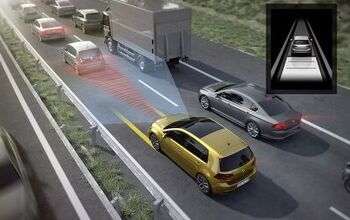
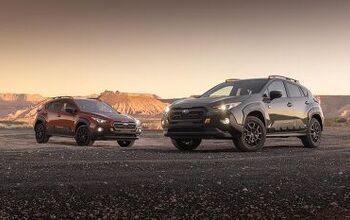


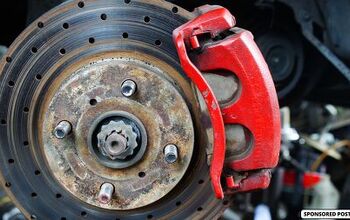
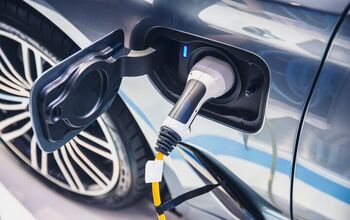

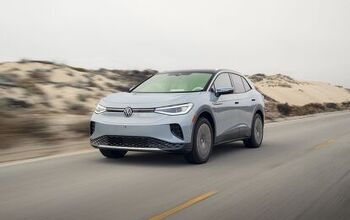
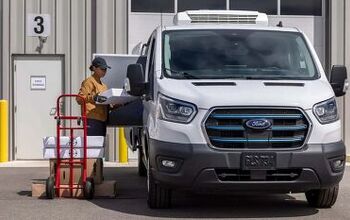
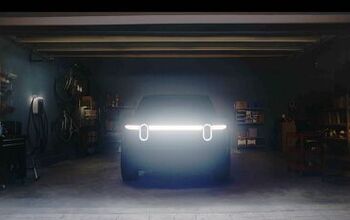



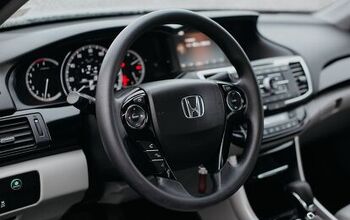
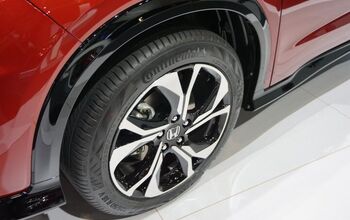
Comments
Join the conversation